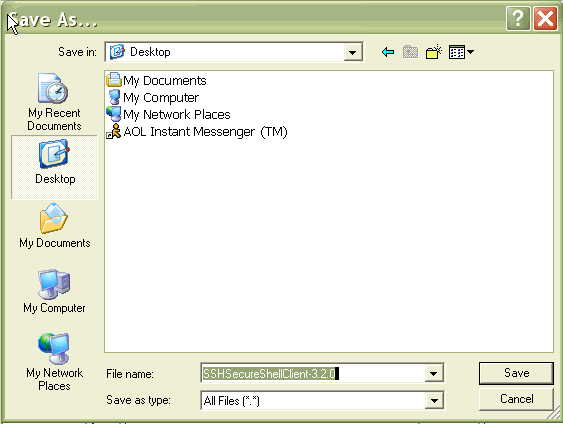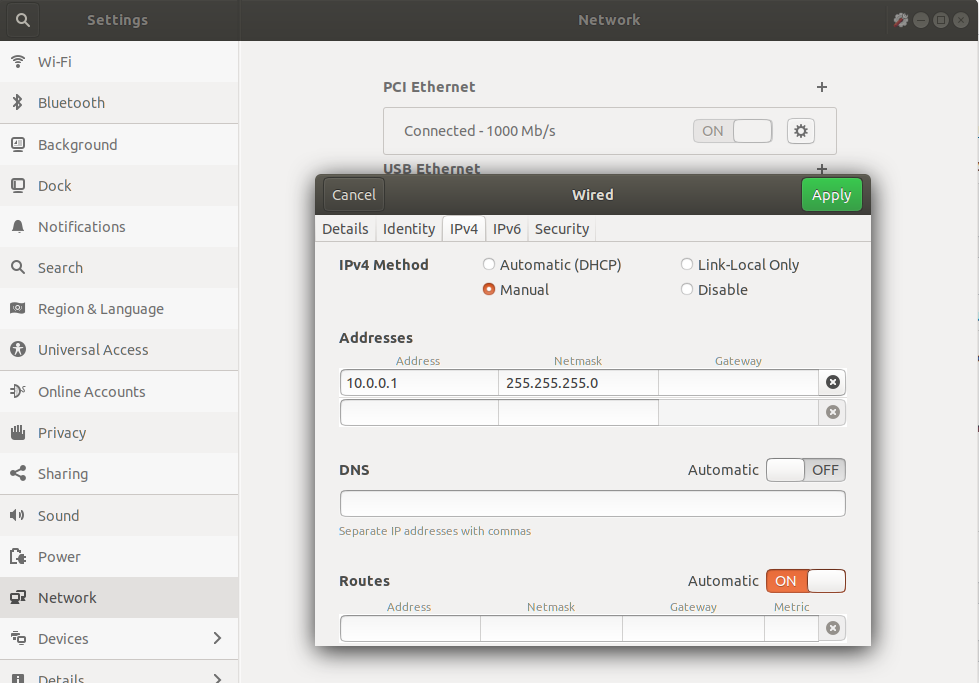

- SSH SECURE SHELL FOR WORKSTATIONS 3.2 HOW TO
- SSH SECURE SHELL FOR WORKSTATIONS 3.2 PASSWORD
- SSH SECURE SHELL FOR WORKSTATIONS 3.2 WINDOWS
Using SSH on macOS hosts Connecting to a macOS Host Once that is complete, SSH connections to on the non-standard port can be initiated with this command: % ssh example An example entry that will connect to on port 2222 follows: Host example HostName Port 2222

This file supports setting different configuration options for different remote hosts. For example, to connect to a remote system called on port 2222, a command like this would be used: % ssh -p 2222 can avoid having to use the -p option every time you login to the remote server by creating or editing the ~/.ssh/config file in your home directory on the computer that runs the ssh command. When using the SSH command line client, the -p option can be use to specify that a non-standard port is being used. SSH clients will attempt to connect on port 22 unless instructed otherwise. Logging into a Server with a Different Port By default, the SSH daemon on a server listens for incoming requests on port 22. The connection will immediately close afterwards. This will connect to the remote host, authenticate with your credentials, and execute the command specified. Run a Single Command on a Remote Server To run a single command on a remote server instead of spawning a shell session, you can add the command after the connection information, like this: % ssh command To initiate a shell session on a remote host like the general purpose Linux computers, use a command like this: % ssh will launch a new shell session that will persist until the connection is terminated. Launch Interactive Shell Session on Remote Host

To use SSH on these machines, first open a terminal program. Connecting to an SCS Linux hostīoth Linux and macOS support connecting to a remote system via SSH through their respective command line interfaces. This option must remain enabled in order for us to log in to a machine in order to assist with support requests. SCS Computing Facilities enables the sshd_config option PermitRootLogin without-password in order to allow select SCSCF staff to securely log in to Linux machines we manage as root.
SSH SECURE SHELL FOR WORKSTATIONS 3.2 PASSWORD
In order to connect to an account on an SCS Linux computer via SSH, the SCS username and Kerberos password for that account will be required. Linux hosts built by SCS Computing Facilities allow remote login via SSH to users on the system by default.
SSH SECURE SHELL FOR WORKSTATIONS 3.2 WINDOWS
Either of these clients can be used to access AFS from a Windows computer by SSHing to a Linux computer that mounts AFS, like linux.gp.cs.cmu.edu. The WinSCP client is also installed by default for users seeking a graphical interface for transferring files over SSH using SCP. Windows: Windows machines provided by SCSCF will include the command line SSH client PuTTY by default. macOS: The OpenSSH client is installed by default on all systems running macOS.
SSH SECURE SHELL FOR WORKSTATIONS 3.2 HOW TO
If there is no SSH client present, see the package management documentation for the appropriate Linux distribution for notes on how to install an SSH client. Most other Linux systems should also have an SSH client installed by default. Linux: Linux machines provided by SCSCF have the OpenSSH client installed by default. SCS Computing Facilities includes SSH clients by default on all Linux, macOS and Windows systems that we build. In SCS, we use the OpenSSH implementation of the SSH protocol suite. Additionally, SSH supports a range of features including tunneling arbitrary TCP ports and X11 connections. SSH is typically used to log into a remote machine and execute commands or to perform secure file transfer using the associated SFTP or SCP protocols. Secure Shell (SSH) is a cryptographic network protocol which allows for data to be securely exchanged between two computers using an encrypted channel.


 0 kommentar(er)
0 kommentar(er)
